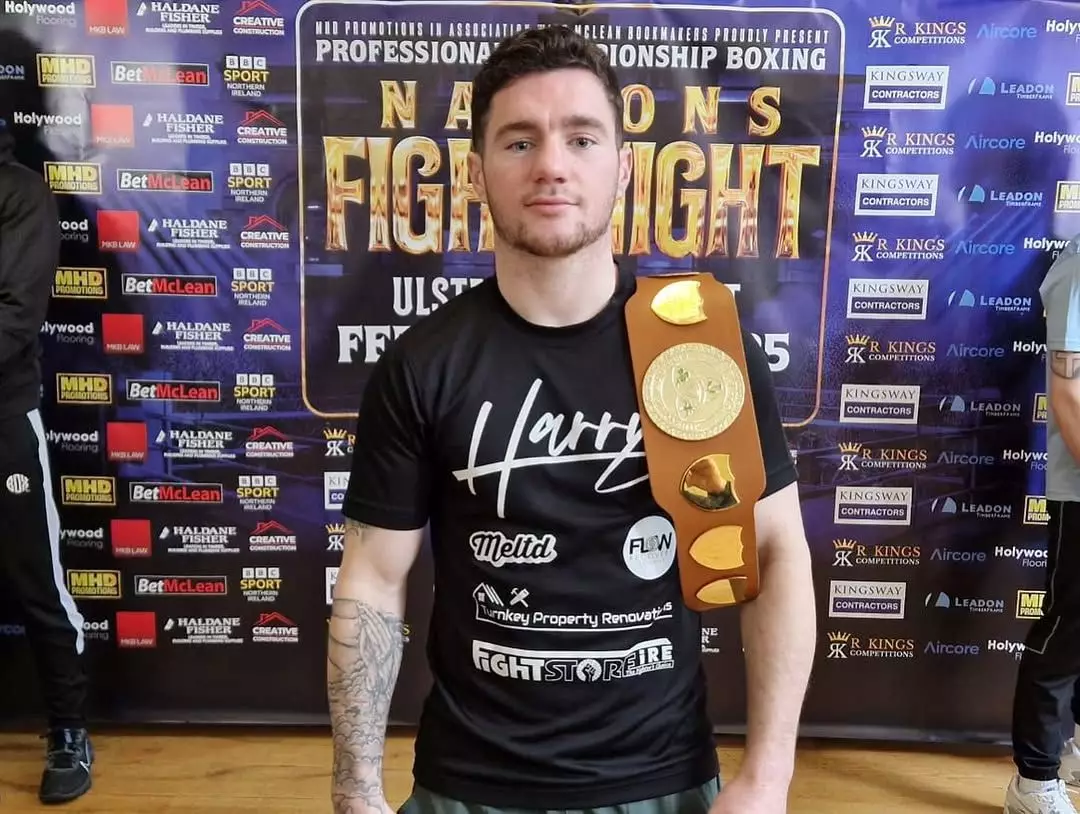The tragic passing of Irish super-featherweight fighter John Cooney at the age of 28 has sent shockwaves through the boxing community. Cooney’s untimely death, occurring just days after sustaining a severe injury during a match against Nathan Howells, serves as a grim reminder of the sport’s inherent dangers. This incident, resulting in an intracranial hemorrhage for the young fighter, draws attention to the physical perils that boxers face every time they step into the ring.
Cooney’s story is one of potential and bravery. With an undefeated record of 11-0 (3), he was recognized not just for his skills but also for his tenacity and fighting spirit. His nickname, “The Kid,” epitomizes the youthful ambition and dream that many fighters carry with them as they pursue excellence in a grueling and risky profession. Despite his promising career trajectory, Cooney’s fate has taken a tragic turn, emphasizing that even the most promising athletes are not immune to the sport’s harsh realities.
The Broader Implications of Boxing Injuries
The risks associated with boxing have been a subject of debate for years. Cooney’s death highlights the urgent need for a critical reevaluation of safety protocols within the sport. Stories of injuries and fatalities are not uncommon, but they often fade from public discourse until a tragedy reignites the conversation. Each incident demands a collective reflection on how the sport can evolve to protect its athletes better.
In the wake of Cooney’s passing, tributes have flooded in from fans and fellow fighters alike, all expressing their sorrow and condolences. MHD Promotions, which managed Cooney, remarked on the devastating impact of his loss, a sentiment echoed by countless others within the boxing world. The establishment of a GoFundMe page to assist Cooney’s family further illustrates the community’s commitment to supporting those affected by this shocking tragedy.
Honoring John Cooney’s Legacy
As we come to terms with the loss of John Cooney, it’s crucial to honor his legacy by advocating for safer practices in boxing. The tribulations he faced during his career and ultimately in his final moments compel us to remember that behind the prowess and bravado displayed in the ring, boxers are individuals with families, dreams, and aspirations. They confront risks that many will never understand, showcasing a level of bravery that warrants respect and admiration.
As we mourn Cooney, it is essential to engage thoughtfully about how boxing can preserve the spirit of competition while ensuring the safety of its athletes. Perhaps this tragedy can lead to policy changes, increased medical oversight, and enhanced support systems for fighters—ensuring their well-being before, during, and after the match.
The legacy of fighters like John Cooney should serve not only as a source of inspiration but also as a catalyst for change within the sport. His story is a reminder of the honor intrinsic to boxing, but also the urgent necessity for reform to protect those who devote their lives to the ring.


Leave a Reply